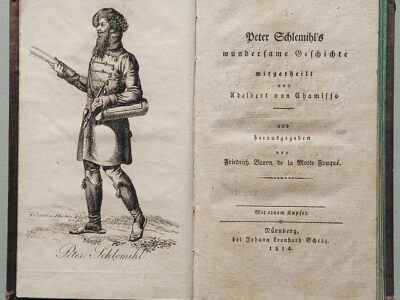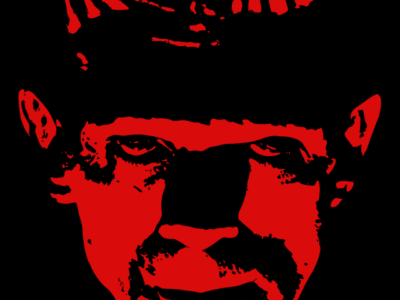As someone with a short attention span, I often struggle to finish full-length novels. Even if I like the plot and even though I love reading, many novels feel like marathons for me. If novels are a marathon, short stories are a sprint. If you dislike the short story, you avoid the feeling of having wasted large amounts of time like you would if you dislike a novel. If you love a short story, they’re just as rewarding as completing a novel you love. I include both short stories and novellas in this list. These are short stories that, as an English and creative writing major, I think would be rewarding for casual readers. That is to say, none of these are very experimental. One is nonfiction, four are horror, and all five are unforgettable.
Read on to find out more about these 5 short stories you should read:
1. The Most Dangerous Game by Richard Connell
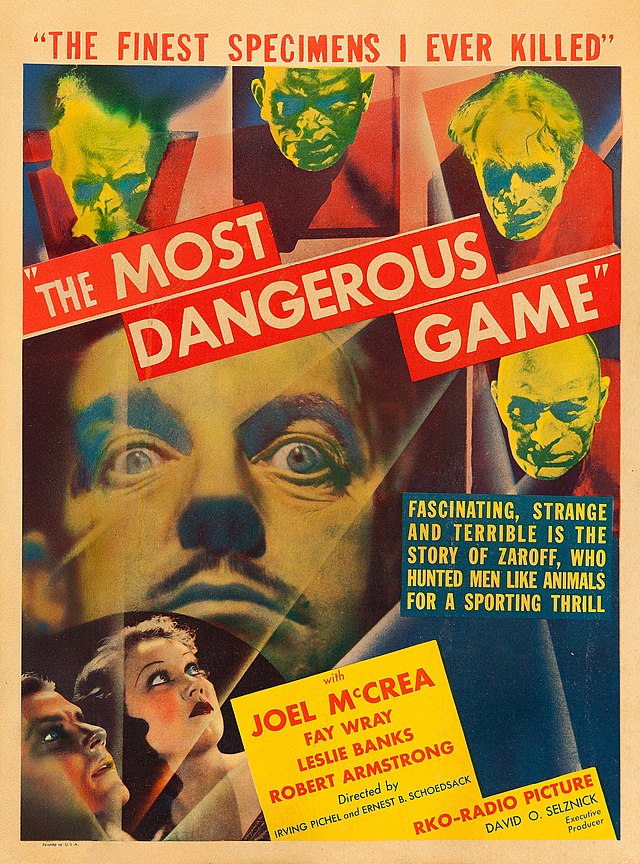
This story was assigned reading in my eighth-grade English class, and one of the only readings I look back fondly on. I think to remember the plot as intimately as I do almost seven years later is a testimony to the quality of the tale. The story is a fever dream: a rich man hunting poor men for sport. This tale became infamous among my friend group, and quoting the title became an inside joke. You’ve probably seen references to this story in popular culture, understandably so.
“Rich people f–king suck,” University of Iowa Junior Lila Robbins said. “And it does a good job showing why.”
Set on a remote island, this horror short story packs into 11,500 words what some authors can’t work into a full-length novel— social commentary. Horror and society are more closely intertwined than one may expect. The scariest stories work with and expose the shortcomings of society to create psychological thrillers. Playing on class conflict and the eccentricities of the ultra-wealthy, the scariest part of this short story is that it could happen.
2. The Landlady by Roald Dahl
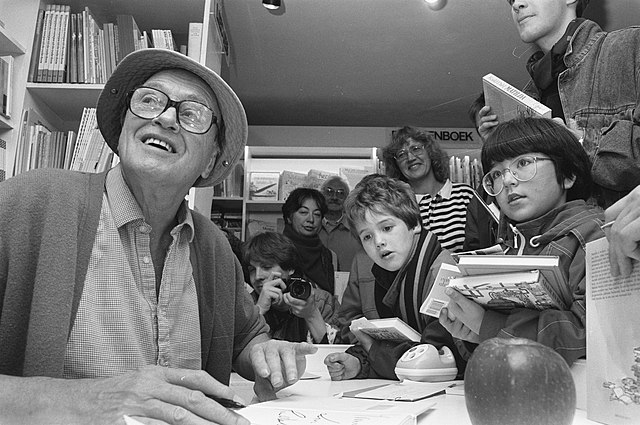
Like The Most Dangerous Game, one of the scariest parts of this horror short is that it’s relatively realistic. Without giving away anything, it plays with the eerie nature of taxidermy. At only 1,445 words, this essay is a textbook example of only using the exact number of words required to convey the story. Despite the word count, Dahl creates a vivid setting, dynamic characters and a well-crafted plot. Every sentence is purposeful, foreshadowing the big reveal.
“He [Dahl] has range…he doesn’t get enough credit, to be honest,” University of Michigan Junior Alexa King said.
Upon researching this story, I rediscovered it was written by Dahl. This completely shocked me, given this is one of the most horrifying short stories I’ve read, and when I think Dahl, I think Charlie and the Chocolate Factory. But Dahl demonstrates incredible skill with this work. I think the fact that it’s written by Dahl adds another layer. It’s like the grown-up version of The Witches, a book of Dahl’s I was enamored by in early grade school.
3. The Yellow Wallpaper by Charlotte Perkins Gilman
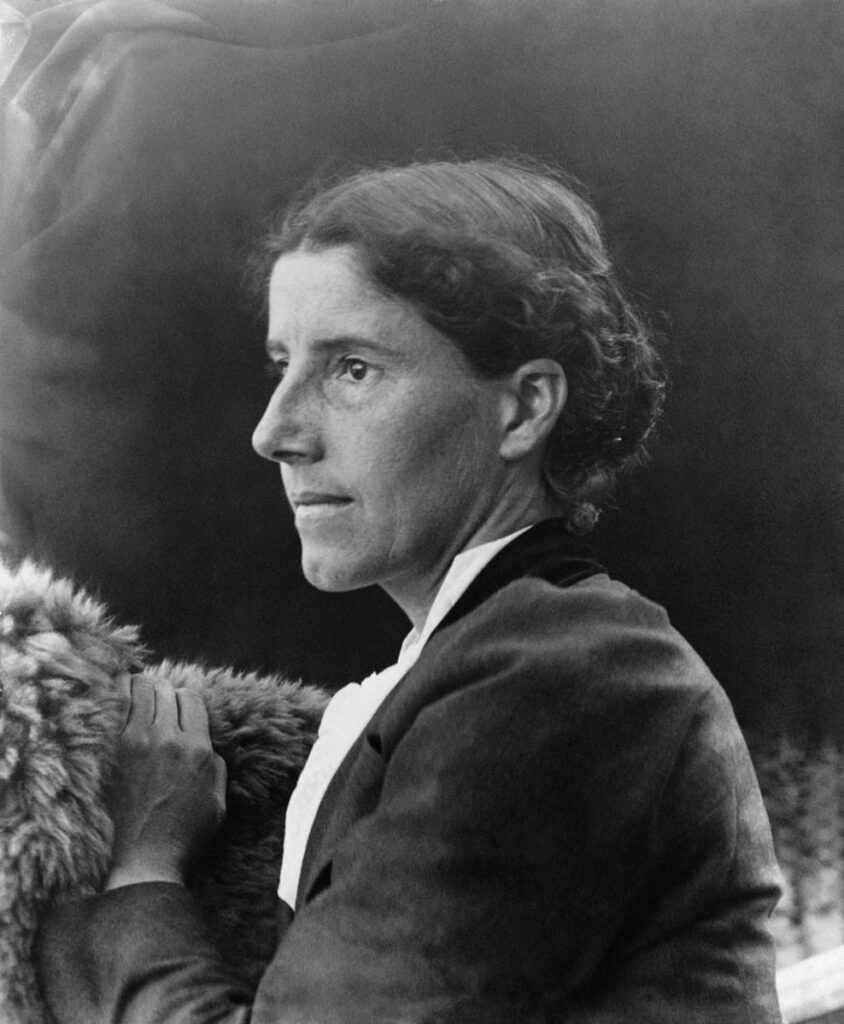
The Yellow Wallpaper, while fiction, reads like a diary. It is one of the first documented examples of postpartum depression. Despite being written in 1892, the language used isn’t antiquated. While originally published in the New England Magazine, it’s pretty easy to find this story for free online. At 8,750 words, it’s longer than other works on this list, but still a pretty quick read.
“It’s an interesting commentary on the identities of women in the Victorian era,” University of Iowa Junior Madeline Fait said.
This book falls somewhere between a gothic horror and a psychological thriller. It details a haunting decline into madness as a woman begins to see things in her wallpaper. Dealing with mental health as a topic back when it was especially taboo, this book is impressive for numerous reasons. First off, Gilman is detailing an ailment that has yet to be discovered. In doing so, she provides a historical document and faces an interesting restriction: attempting to detail postpartum depression without having any of the formal language to do so.
4. The Extraordinary Story of Peter Schlemihl by Adelbert Von Chamisso

Peter Schlemihl is the boy who sold his shadow. While technically a novella in length, it’s still shorter than a novel. Written in 1814 by a French aristocrat, you will be reading a translation, unless you speak German. While it was initially a children’s book, the pact with the Devil at the heart of this tale makes it hold up for adults. This book is out of print, but there are many different free digital copies.
Several artists have been inspired by this tale, and you can find official and unofficial references to it in numerous modern works. Even if you tend to prefer contemporary American literature, this transcendentalist religious tale has a lot of value that surpasses the language barrier, cultures, and time.
5. Girl Interrupted by Susanna Kaysen

Written in 1993 about events from the 1960s and 1970s, this memoir reads with more contemporary candor than most books from the last year. This is due to the narrative voice of the book. The confidence with which Kaysen writes makes her both an entertaining and trustworthy narrator despite detailing events that inherently make her unreliable. Kaysen was diagnosed with Borderline Personality Disorder and spends over a year in a mental hospital. She details and reflects upon the trials and tribulations faced by her fellow patients.
At 48,000 words, this story is a novella in length, but the format and content made it a quick read for me. There is a movie adaptation as well, starring Winona Ryder, Angelina Jolie, Jared Leto and Elizabeth Moss. While the movie adaptation takes great creative liberties and strays pretty far from the text, it’s still a good film.

